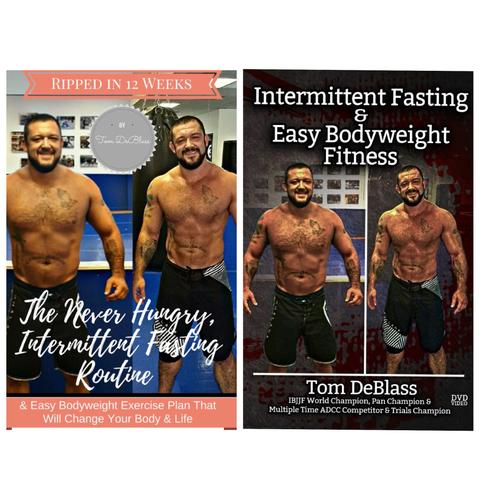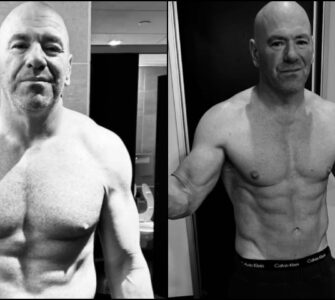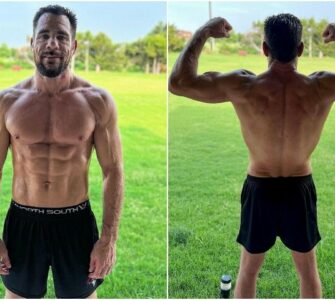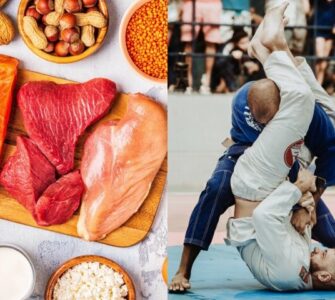There are a lot of „diets“ out there, and it can be rather difficult for a regular Jiujiteiro to choose which one isn’t a fad. However, intermittent fasting is one of those diets that have been shown to be efficient, time and time again. So, you may be asking yourself: „Okay, so should I take upon intermittent fasting or not?“
Let’s take some things into consideration, to figure out if intermittent fasting will suit you.
WHAT IS INTERMITTENT FASTING?
Looking at it strictly, intermittent fasting really isn’t a diet. It’s more of an „eating pattern“; because you can basically eat whatever you want, but not whenever you want.
Essentially, if you take on intermittent fasting, there will be a time period in the day during which you won’t be able to eat – the fast; and there’ll be a period when you’re allowed to eat. Now, there isn’t a specific number of hours that you should spend fasting or eating, but most fasting windows last for anything between 10 and 20 hours. The most popular ratio is 16/8 – 16 hours of fasting, 8 hours of eating.
SHOULD YOU DO IT?
Intermittent fasting has a lot of health benefits, which we’ll take a brief look into afterwards. But, despite these benefits, it may still be the case that this „regime“ won’t be adequate for you as a grappler.
And why? It’s simple, really: because your energy levels may not be the greatest for training.
It’s usually at the end of the fasting window that you’re expected to do your workouts, so that you can eat after training; replenishing yourself and facilitating recovery. However, the thing is that a lot of Jiujiteiros feel totally depleted of energy by the time they’re supposed to train. Their concentration isn’t nearly as good as it could be, and their performance drops immensely.
In other words, it depends on how your organism deals with fasting and training at the same time.
So how are you supposed to go about it? Don’t stick to the above-mentioned practice of training at the end of your fasting period.
Instead, experiment! Try fasting during a different part of the day, so that your stomach is full before training (not too full, but just enough for you to possess the required energy). Or perhaps lower the time frame spent not eating.
You’ll probably be able to find a modality of intermittent fasting that’s going to work for your training regime. And so you should, because intermittent fasting has a lot of benefits!
BENEFITS OF INTERMITTENT FASTING
First of all, if you want to lose fat, then intermittent fasting is the right choice for you! It’s quite possible that you’ll lose fat more rapidly when you roll on an empty stomach, as fasting appears to increase the so-called „catecholamines“ (stress hormones) that are linked to increased fat oxidation. Additionally, some research has shown that fasting leads to an improved insulin sensitivity, as well as an improved capacity for nutrient absorption.
And top of all that, intermittent fasting may even make you more muscular! If you add calisthenics (or weight training) into your BJJ calculation, then training could produce a so-called “anabolic rebound” effect, which stimulates muscle gain. With that, going without food – which keeps your insulin low – may also increase your body’s production of growth hormone… Can’t get any better than that, can it?
All in all, intermittent fasting has fantastic benefits. It’s your task to figure out how to go about it so it doesn’t hurt your grappling, though.
Find a way to adapt it so that you can train well, and the benefits will be yours!
If you’re ready to trade in your “Dad Bod” or you’ve always wondered if there was an easy-to-follow nutritional and exercise plan that will get you in the best shape in your life, without endless hours in the gym or trying to survive on lettuce and water, then look no more. BJJ Fanatics has brought one of the most respected BJJ martial artists, teachers and school owners, Tom DeBlass in to share the simple to follow secrets that have him in the best shape of his life at age 35! Check out “Ripped in 12 Weeks” available here where Tom will share all of his nutritional and fitness secrets in an easy to follow format, complete with guidebooks and recipes.


















